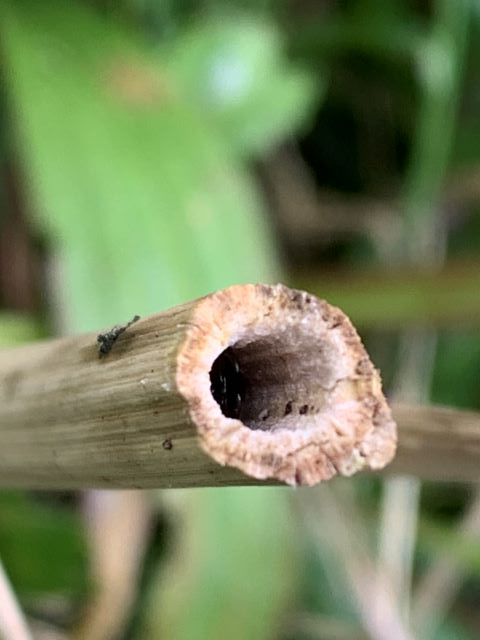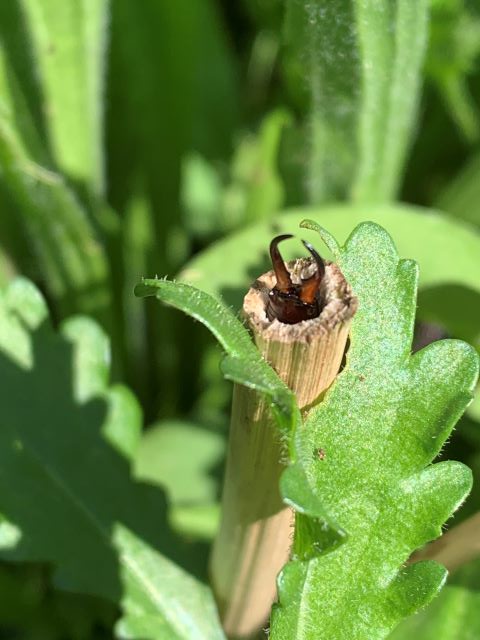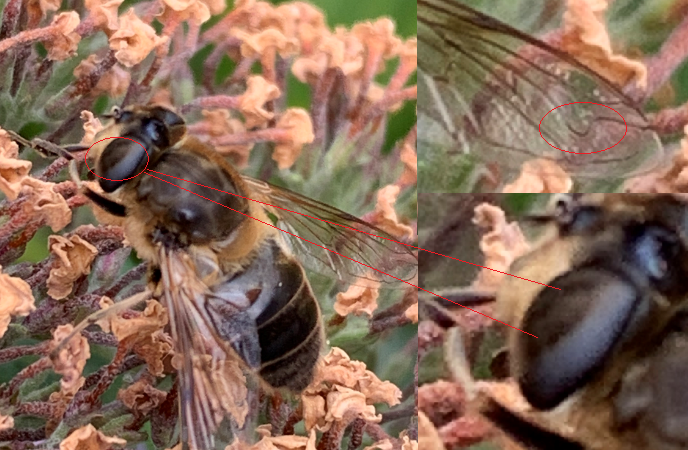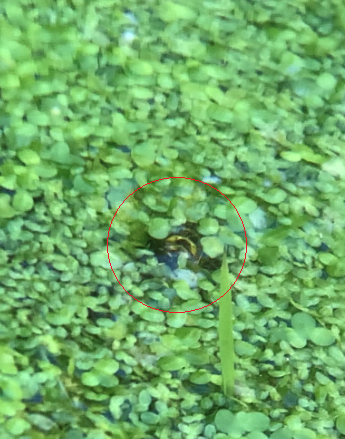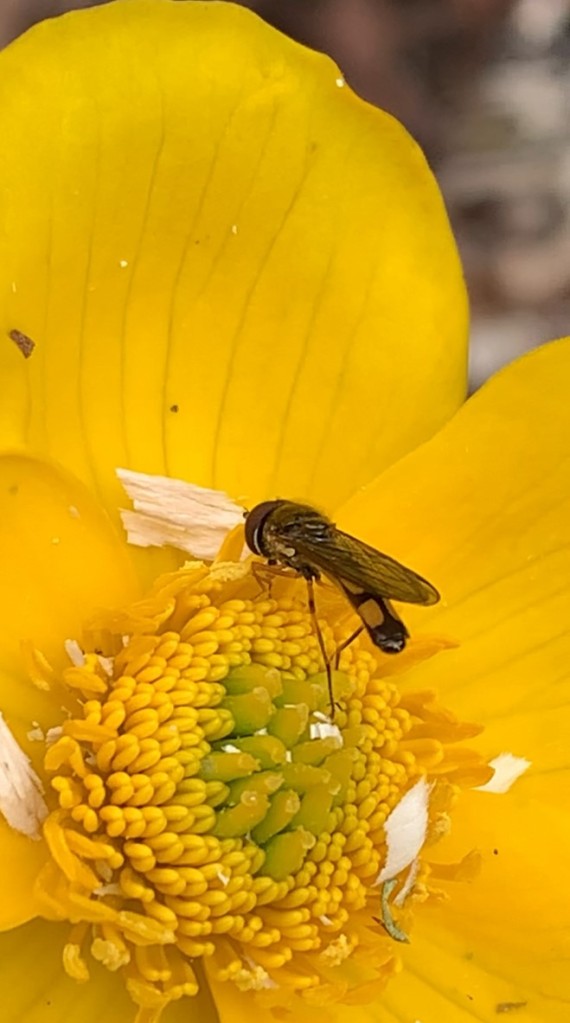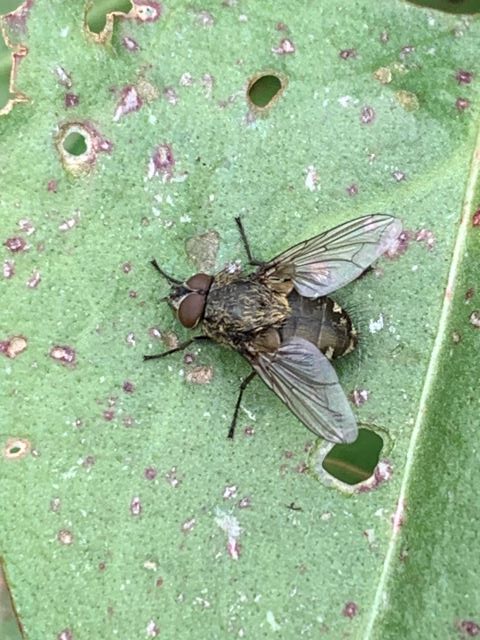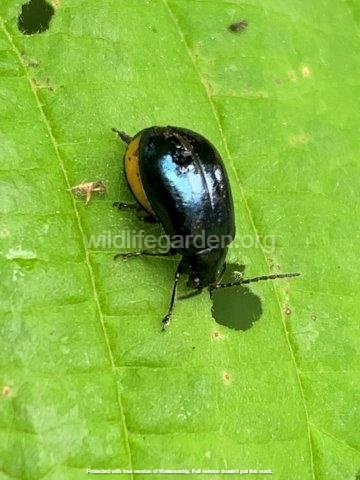It’s only April and we have had some amazing wildlife in the Garden already. The latest trio of newcomers started with a species of hoverfly, the 25th hoverfly species recorded in the Garden so far, called Pipiza noctiluca. It is slightly unusual looking for a hoverfly…

The British list of Pipiza runs to seven species, which can be difficult to identify. The rather plump female that visited us has two obvious yellow spots on the second tergite suggesting P. noctiluca. We have attached some footage at the end of this post should anyone be able to absolutely confirm this species identity.
The larvae are aphid eaters, like so many other hoverfly species, although apparently the larvae from this genus like to feed on aphids in confined spaces, such as leaf rolls/galls.
Our next new arrival is one we have waited on for some time. Our 15th confirmed butterfly species, the amazing Orange-tip Butterfly. It was a breezy day which doesn’t make for the best filming conditions, but the gusts did seem to convince this individual to sit still long enough to be filmed.
Only the males have these amazing orange tips to their wings. This is a species typical of woodland edge/ride habitat but can be found in many other places, including meadows and gardens.
Our final new visitor, which we unfortunately failed to photograph, was the stunning Goldcrest. A common enough bird but one we haven’t seen in the Garden since 2021 when we started this project. According to the RSPB’s website, this species, along with the similar Firecrest, is the UK’s smallest bird, weighing in at just 6 grams. For some perspective, a tablespoon of sugar weighs approximately 12 grams.
DC: 24.04.2024

